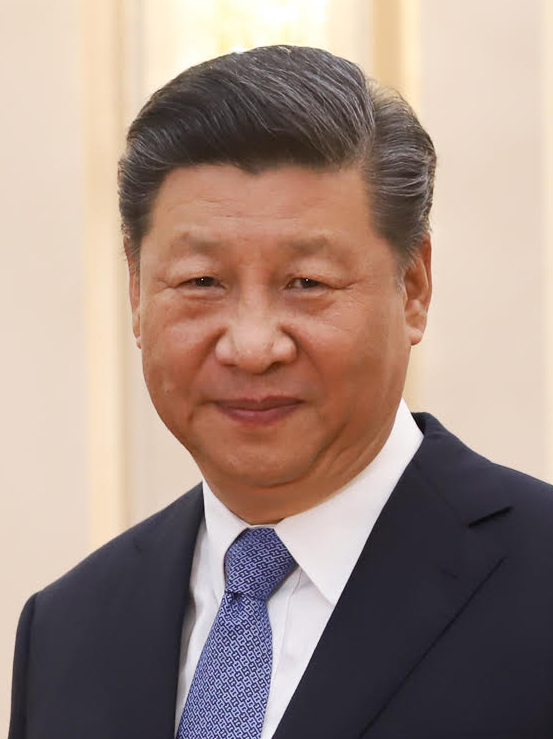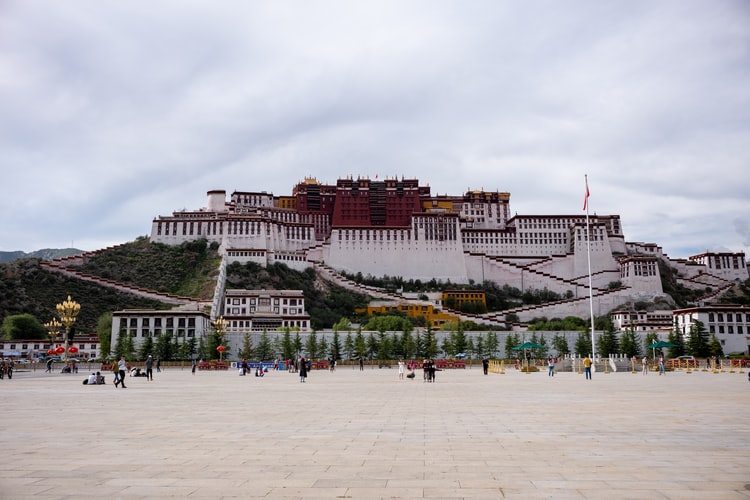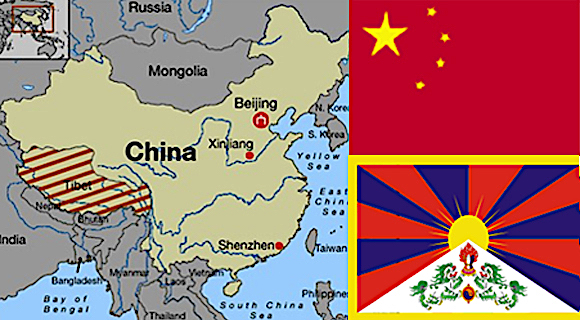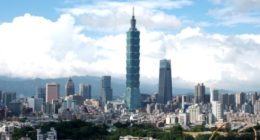Editor’s note: This is a piece by Dolma Tsering, a Dissertation Fellow at the Taiwan Foundation for Democracy and Learning Chinese language at National Chengchi University, Taiwan
It is the first in a two part article. Part two will be published tomorrow, Friday, December 4th.
On October 9, 2020, CGTN, reported that on the occasion of the National Day holiday, the Tibet Autonomous Region received an unprecedented 1.88 million domestic and overseas tourists with overall tourism revenue of US$146 million.
The report further noted that this is a new record, and that the region saw an 11.45% growth in tourist visits and a 14% increase in tourism revenue.
Earlier Beijing Review on September 4, published an article mentioning that notwithstanding the pandemic crisis, the Tibet Autonomous Region received 8 million tourists in the first half years with more than 300 scenic spots opened to tourists.
These data published by the Chinese government proclaim the rapid growth of the regional tourist economy.
However, in the wake of the coronavirus that has killed over a million people across the world, including 4636 in China, such a massive increase in tourism is cause for severe concern, and raises an important question: what is the urgency in reopening tourism in Tibetan areas?
In fact, unlike other regions in China, Tibet is the only region in China that has started to reopen since March.
Even when the coronavirus locked down Wuhan province, Tibetan areas were open to tourists.
Subsequently, the first and the only COVID-19 patient detected in the TAR was from Wuhan.
There are many reasons why China is rushing to reopen the tourist sector of the TAR, but one key reason is the security concerns around growing instability in the region.
After a series of unexpected protests that broke out in the late 1980s, the Politburo Standing Committee held a meeting that later published a document titled “Meeting Minutes of the PBSC on Tibet Affairs”, which mentioned that the “development and stability” (of the region) should be the guiding policy behind China’s Tibet policy.
In 1994, China held the Fourth Tibet Work Forum, and it officially announced that “development and stability” should be the foundation of China’s Tibet policy.
Various assessments and arguments have been made about the policy; the critical understanding of the policy is the hypothetical analyses of the direct relationship between development and stability.
The government argues that lack of development is the cause of the political unrest in Tibetan areas.
With “development” as the core policy, the government aims to garner loyal Tibetans and legitimacy of its leadership from the international community.
The content of a series of White Papers(s) and the Tibet Work Report published about Tibet reflect these intentions and objectives.
The Chinese leaders often use economic growth of the region in defending the repressive government policies in Tibet.

So, where is this development heading?
With “development and stability” as the primary policy direction, the government started pouring huge investments for economic development into the region; as a result, the Tibet Autonomous Region emerge as the fastest growing economy in China surpassing the national growth rate.
The development pattern of the region is being shaped with a unique dualistic characteristic.
On the one hand, it is the fastest-growing economy (GDP), but on the other hand, it is the least developed region in China vis-a-vis a human development report.
The openly dualistic characteristic of economy explains the challenges of economic growth and transformation in that of the regional economy.
Unlike other provinces and the national economy, the state subsidy is the primary driver of the rapid GDP growth.
Since the key objective of state policy is to maintain stability in the region, it is no surprise to see the construction sector and public management and social organisations with the largest GDP share – about 50 percent of the regional total GDP share.

With these two sectors as the major sectors of the local economy, China has managed to maintain a firm grip over Tibet, including the border area with India.
Humongous investment in these two sectors led to the structural transformation of the region from an agro-pastoral dominated economy to a service-led economy. The shift towards the service sector occurred first, without significant growth in industry, and second, without sufficient off-farm and formal employment opportunities.
One peculiar result of such growth patterns resulted in the shift of labour from the primary sector to the informal sector of the service sectors.
Subsidised driven growth had successfully achieved rapid GDP growth but failed to maintain a quality growth leading to poor human development report.
The TAR economy is heading to what Andrew Martin Fischer called “disempowered development”.

GDP and Employment share of the significant sectors of the TAR, 2017
Source: National Bureau of Statics, Tibet Statistical Year Book, 2018.
In addition to jobless growth, since 2005, the government initiated a new development goal “Build New Socialist Village at the Countryside” that aims to resettle Tibetan nomads into a permanent sedentary lifestyle.
From 2005, more than 50,000 Tibetan herdsmen have abandoned their nomadic life as a result of the same rural resettlement projects.

Human Right Watch in 2013, reported that the relocation programmes have already moved more than 600,000 herders off their land and into government-constructed “towns”.
Lack of job opportunities along with mass rural resettlement further impoverishes the local economy.
In responses to the lack of quality growth, a sector like tourism materialises as an essential sector in providing various informal sector jobs for those resettled nomads.
Part two will be published on December 4th.











